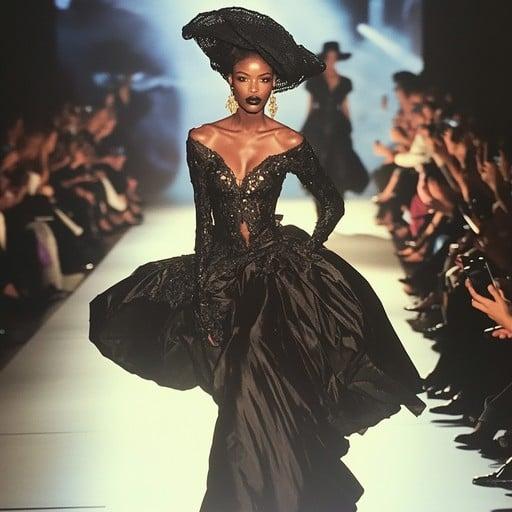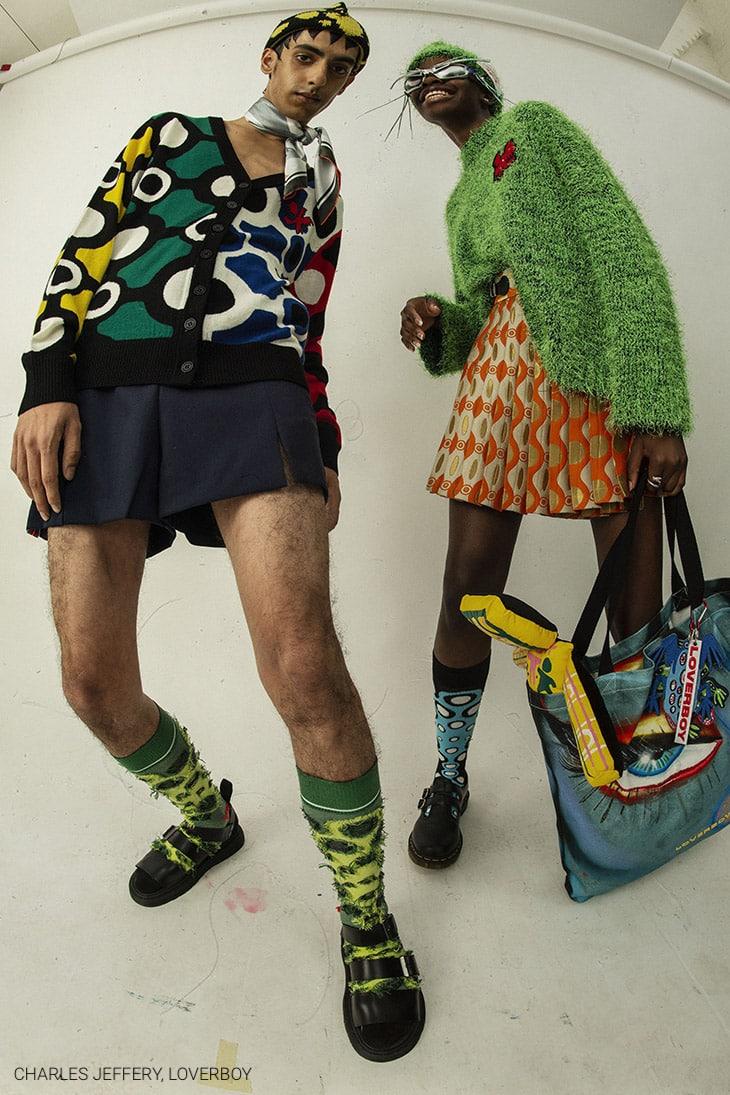
Outfits That Didn’t Translate from Runway to Reality
Outfits That Didn’t Translate from Runway to Reality
In the ever-evolving world of fashion, the runway serves as a canvas for designers to unleash their most avant-garde visions. Season after season, we’re treated to a dazzling display of creativity, where imagination knows no bounds. Yet, for all the splendor of these high-fashion collections, not every look translates seamlessly into everyday life. From the extraordinary to the impractical, some outfits-while breathtaking in their artistic context-leave us pondering: Who would actually wear this? In this article, we delve into those striking ensembles that, despite their stunning presentation, have struggled to find their place among the common wardrobe. Join us as we explore a selection of runway designs that, while undeniably bold, have proven a tad too theatrical for the streets.
Q&A
Q&A: Outfits That Didn’t Translate from Runway to Reality
Q1: What does it mean when we say an outfit didn’t translate from runway to reality?
A1: When we say an outfit didn’t translate from runway to reality, we’re referring to the divergence between high-fashion designs showcased during fashion shows and how they are perceived or worn in everyday life. Some pieces may be extraordinary on the runway yet impractical, unflattering, or simply too avant-garde for most people’s wardrobes.
Q2: Why do some runway outfits fail to resonate with the general public?
A2: Several factors contribute to this disconnect. Runway designs often prioritize artistic expression and conceptual storytelling over wearability. Additionally, the fashion industry sometimes caters to a niche audience, and styles may not appeal to mainstream aesthetics or comfort preferences.
Q3: Can you provide examples of outfits that struggled to make the transition?
A3: Certainly! For instance, while oversized puffer jackets gained traction, those styled with exaggerated silhouettes or unusual materials often fell flat off the runway. Similarly, bold architectural dresses that defy gravity may wow audiences but are less practical for daily wear.
Q4: What role does the model’s presentation play in how an outfit is received?
A4: The model’s presentation plays a crucial role. Models often carry an aura of confidence and artistry that can elevate an outfit. However, in everyday life, the same garment may seem awkward or unflattering without that runway magnetism, making it harder for regular individuals to envision themselves in similar styles.
Q5: How do designers address the challenge of creating wearable fashion?
A5: Many designers recognize the importance of balance. They may start with a daring concept but then adapt it for ready-to-wear collections. By modifying materials, colors, or silhouettes, they aim to bridge the gap between artistic vision and functional fashion, ensuring that trends can be embraced by a wider audience.
Q6: Are there any strategies consumers can adopt when interpreting runway trends?
A6: Absolutely! Consumers can look for key elements from runway outfits that resonate with their personal style, such as colors, patterns, or accessories, rather than trying to replicate the entire look. Mixing high-fashion inspirations with practical pieces can lead to a balanced, grounded wardrobe that nods to the runway while remaining wearable.
Meet N1X Da Queen Of A-Pop
N1X Da Queen Of A-Pop Sign up And Enter Her World Streaming Exclusive Music From N1X And Da Super Group Da Queens
Only On N1XMusic.com

Q7: What does this trend say about the relationship between fashion and everyday life?
A7: The disparity between runway and reality highlights the dynamic nature of fashion. It reflects the tension between creativity and practicality, while also emphasizing the importance of individual expression. Ultimately, fashion is a dialogue, and what may spark conversation on the runway can often inspire unique interpretations in real life.
Q8: How can fashion enthusiasts make sense of the disparity?
A8: Rather than dismissing runway designs outright, enthusiasts can see them as a source of inspiration. Analyzing runway shows for themes, color palettes, and textures can ignite creativity. Additionally, following influencers and stylists who translate these high-fashion looks into everyday wear can provide practical insights on how to incorporate trends into personal style.
To Conclude
As we wrap up our exploration of outfits that struggled to make the leap from the runway to real life, it becomes clear that fashion is a fascinating interplay between art and practicality. While some designs dazzle in the curated spotlight of the catwalk, they often falter when faced with the complexities of everyday life. Whether it’s the impracticality of avant-garde silhouettes or the sheer audacity of bold patterns, these creations remind us that not every trend is destined for the streets.
However, the journey from runway to reality isn’t just about rejection; it sparks creativity and inspires innovation. From fearless adaptations to DIY reinterpretations, fashion enthusiasts find ways to embrace the spirit of these high-concept looks, turning obstacles into opportunities. So, the next time you watch a fashion show, remember: while some outfits may remain showpieces, others will metamorphose into the next big trend-all it takes is a little imagination and a dash of practicality. Fashion, after all, is as much about individual expression as it is about the bold visions that ignite the industry.
Are you a content creator or someone with a big social media following?
Want to earn real cash promoting The Queen of A-POP?
Join the N1X Music Promoter Program — it’s as easy as:
1️⃣ Sign Up
2️⃣ Promote
3️⃣ Get Paid






No Comments